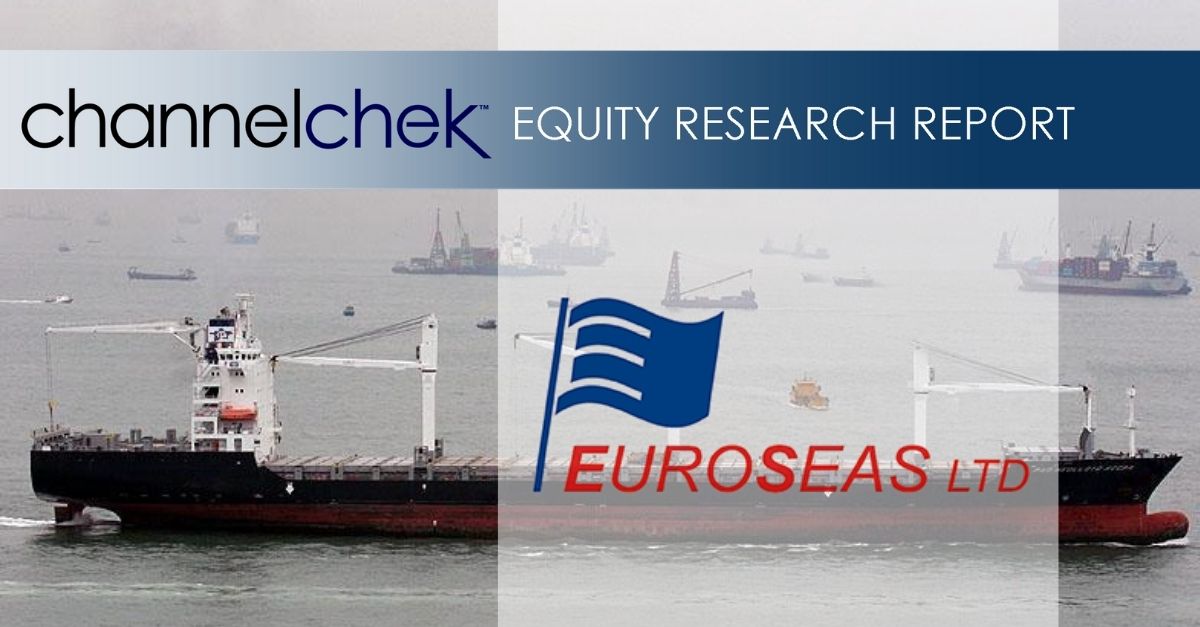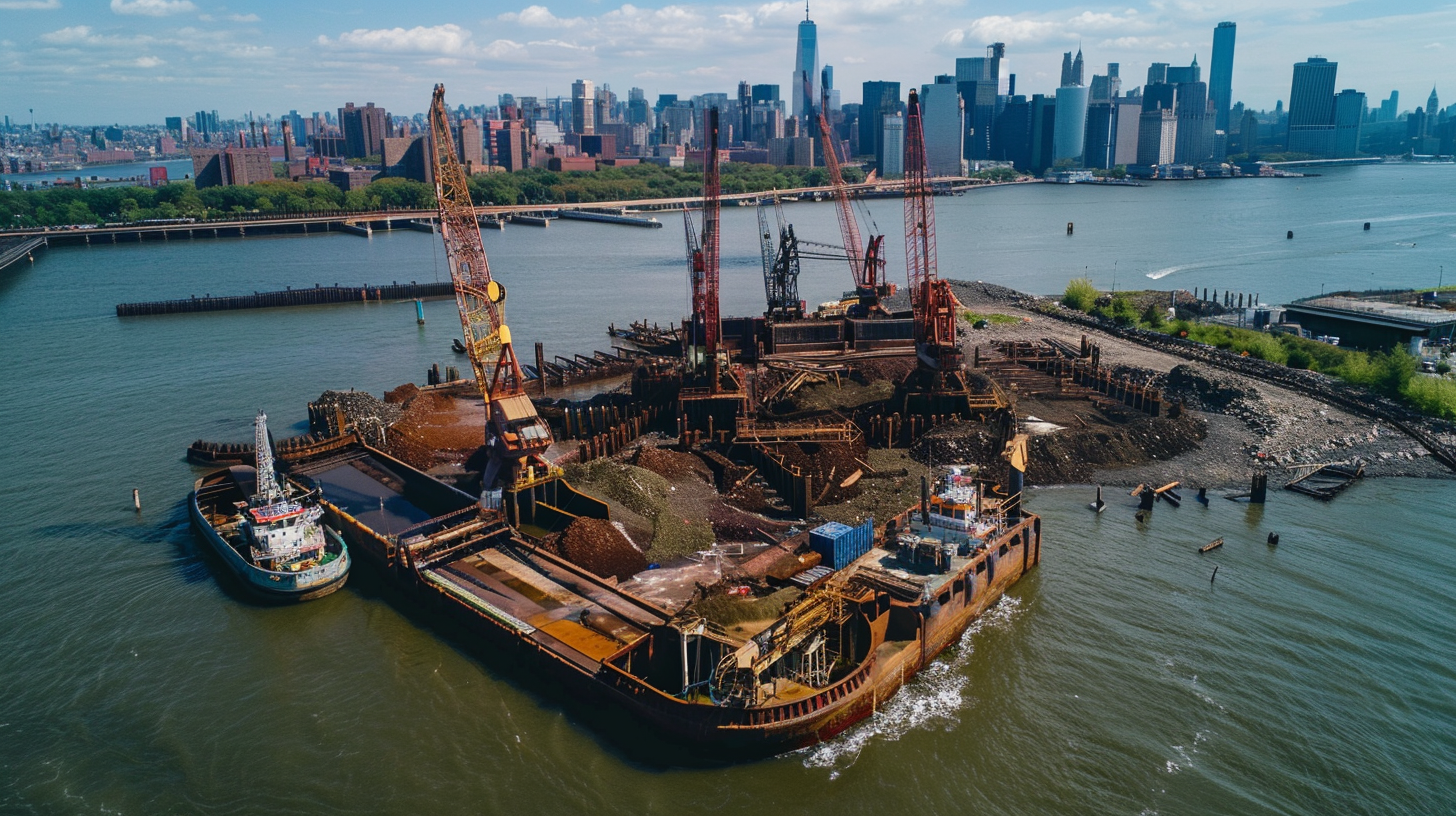The crypto world was abuzz this week as the U.S. Securities and Exchange Commission (SEC) gave the green light for the launch of exchange-traded funds (ETFs) that will track the price of ether, the cryptocurrency powering the Ethereum blockchain.
In a little-noticed release on Thursday evening, the SEC approved a rule change by the Chicago Board Options Exchange (CBOE) that effectively opens the door for ether ETFs to be listed and traded just like their bitcoin counterparts.
This landmark decision represents a major milestone for the crypto industry’s evolution into mainstream finance. It grants ether, after years of regulatory ambiguity, a legitimacy akin to that bestowed upon bitcoin last year when the first bitcoin ETFs hit the market.
“This is a huge development that really drives home ether’s commodity status from a regulatory perspective,” said Rachel Lin, CEO of crypto derivatives platform SynFutures. “It will allow investors, from retail to institutional, to gain exposure to ether through a regulated, familiar investment vehicle.”
Ether is the second-largest cryptocurrency after bitcoin with a market cap of around $220 billion. It has rapidly emerged as a crucial piece of infrastructure undergirding large swaths of crypto and blockchain applications beyond just a medium of exchange.
The Ethereum network hosts a multitude of decentralized apps and services, including large stablecoin ecosystems, decentralized finance (DeFi) platforms for lending/borrowing, and a rapidly expanding universe of blockchain-based games and metaverse projects. All these rely on ether as the “gas” that powers the network.
Major crypto companies quickly celebrated the ruling as catalyzing new growth for the ecosystem. “This approval from the SEC will allow millions of investors to embrace crypto in a familiar, regulated way,” said David Puth, CEO of cryptocurrency exchange CoinX.
The decision paves the way for asset managers to launch ether ETFs that directly hold the cryptocurrency, similar to existing bitcoin offerings like the Bitcoin ETF. This could drive significant new investment into ether from both institutional players seeking crypto exposure without holding the underlying asset, as well as retail investors who want a simple ether investment product available in traditional brokerage accounts.
However, some key questions remain around which specific ETF proposals will get approved, when they might begin trading, and whether they will be physically-backed with actual ether or employ indirect exposure through derivatives.
Leading ETF issuers like BlackRock, Fidelity, and WisdomTree have active filings for ether ETFs that could get a look. But smaller players like Cathie Wood’s Ark Invest were among the first movers on bitcoin ETF filings and could be better positioned for any initial ether product launches as well.
While the ether ETFs have a regulatory greenlight, they will still need to be approved on an individual basis by the SEC and the exchanges they list on. Industry analysts expect a speedy process, with the first launch potentially coming in the next few months.
For ether investors who have waited years for this moment, simple and convenient access to the world’s most actively utilized crypto network through traditional market infrastructure is almost at hand. The launch of ether ETFs may turbocharge investment into the Ethereum ecosystem – and accelerate the momentum behind crypto’s move into mainstream finance.
Want small cap opportunities delivered straight to your inbox?
Channelchek’s free newsletter will give you exclusive access to our expert research, news, and insights to help you make informed investment decisions.
















